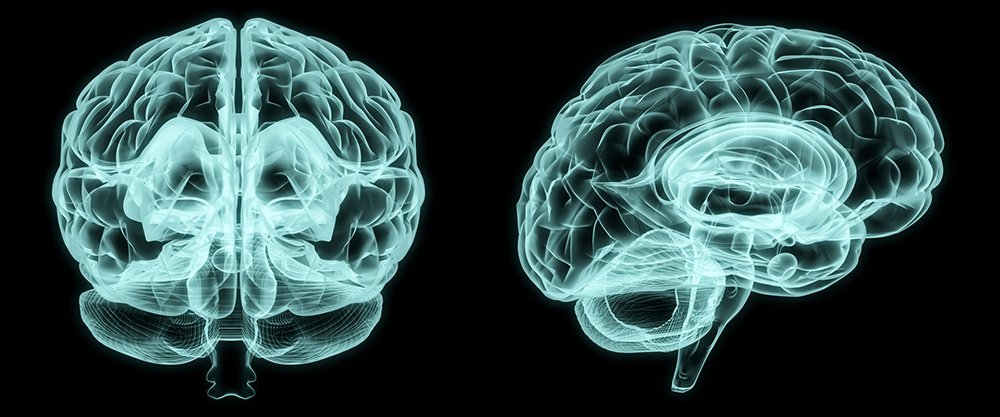
Unbelievable but true: Sleeping on one’s side may reduce Alzheimer’s risk
Researchers say if you sleep on your side (not on your back or stomach) your brain is cleared from waste more effectively. Some waste products are known to cause neurodegenerative diseases such as Alzheimer’s and Parkinson’s. So, if you sleep on your side, the waste removal is improved and thus the risk of Alzheimer’s reduced?
It’s known that sleep plays an important role in neurodegenerative diseases like Alzheimer’s. Previous studies showed that waste removal works better during sleep and that poor sleep is linked to dementia. Now we could have a clue why.
How does the brain get rid of waste?
The brain is surrounded by a liquid called cerebrospinal fluid (CSF). In this liquid waste products like “amyloid β (Aβ)” – causing Alzheimer’s – could be found. A system called “glymphatic pathway” filters the liquid and clears it from waste. The waste is transported in the blood system.

Why does it work better during sleep?
During sleep the space between brain cells expands, resulting in faster waste removal.
Why does it work better if I sleep on the side?
Researches at Stony Brook University, NY anesthetized rodents’ and inserted a tracer in the CSF. Then they watched the tracer removal in 3 different sleep positions – lateral (side), prone (down), and supine (up) – using MRI techniques.
“The analysis showed us consistently that glymphatic transport was most efficient in the lateral position when compared to the supine or prone positions,” said Dr. Benveniste.
What does it mean for you?
Most probably you are well off because the lateral position is the most common sleeping position in the world.
“It is interesting that the lateral sleep position is already the most popular in human and most animals — even in the wild — and it appears that we have adapted the lateral sleep position to most efficiently clear our brain of the metabolic waste products that built up while we are awake,” says Dr. Nedergaard
However, the study was a rodent study. Future research has to show if it is transferable to humans and its clinical implications.

